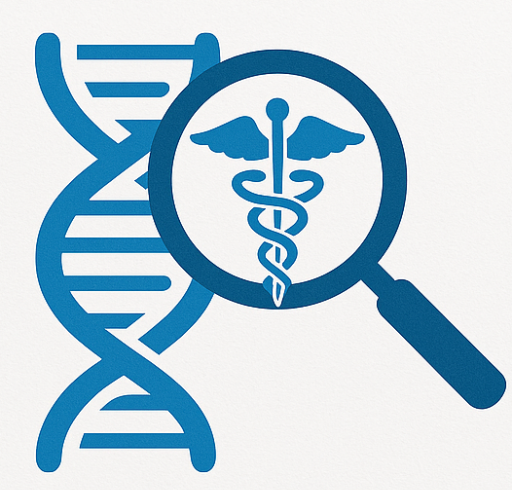BRCA1 and BRCA2 Gene Overview
- BRCA1 (Breast Cancer gene 1) and BRCA2 (Breast Cancer gene 2) are tumor suppressor genes.
- They encode proteins essential for the homologous recombination repair (HRR) of double-strand DNA breaks.
- Their proper function maintains genomic stability and prevents malignant transformation.
📊 Prevalence and Cancer Risk
| Context | BRCA1 | BRCA2 |
|---|
| Germline mutations in general population | ~0.1–0.2% | ~0.1–0.2% |
| Hereditary Breast & Ovarian Cancer (HBOC) | ~40–45% | ~35–40% |
| Lifetime breast cancer risk (female carriers) | ~65–80% | ~50–70% |
| Lifetime ovarian cancer risk (female carriers) | ~30–50% | ~10–20% |
| Male breast cancer risk | Rare | Increased (up to 7%) |
| Other cancers | Pancreatic, Prostate, Melanoma (esp. BRCA2) | |
⚙️ Mechanism: How BRCA1/2 Mutations Could Cause Cancer
🛡️ Normal BRCA1/2 Function
- BRCA1/2 proteins are recruited to sites of DNA double-strand breaks.
- They help repair DNA through homologous recombination, an accurate, high-fidelity mechanism.
- This repair prevents the accumulation of mutations and chromosomal instability.
🚨 Mutated BRCA1/2
- Mutations (often inherited) lead to:
- Loss of functional protein
- Defective homologous recombination
- Reliance on error-prone repair mechanisms like non-homologous end joining (NHEJ)
- Consequence: genomic instability, which increases the risk of developing breast, ovarian, and several other cancers.
💊 Clinical Implications
Please
log in to use or view. If you do not have an account, please
register (no credit card required)
